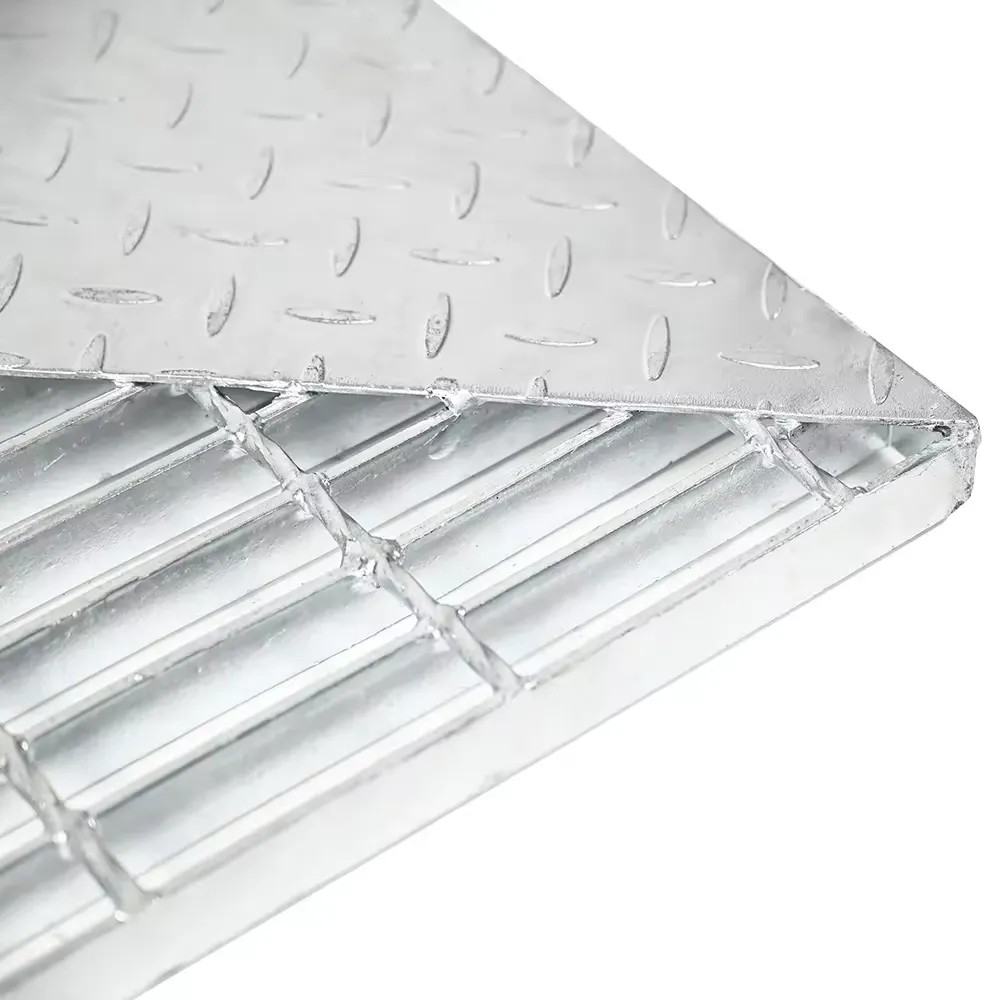
- Afrikaans
- Albanian
- Arabic
- Armenian
- Azerbaijani
- Basque
- Belarusian
- Bengali
- Bosnian
- Bulgarian
- Croatian
- Czech
- Danish
- Dutch
- English
- Esperanto
- Estonian
- Finnish
- French
- Galician
- Georgian
- German
- Greek
- hawaiian
- Hindi
- Hungarian
- Indonesian
- irish
- Italian
- Lao
- Latvian
- Lithuanian
- Luxembourgish
- Macedonian
- Maltese
- Myanmar
- Norwegian
- Polish
- Portuguese
- Romanian
- Russian
- Serbian
- Slovak
- Somali
- Spanish
- Swedish
- Thai
- Turkish
- Turkmen
- Vietnamese
Out . 11, 2024 19:32 Back to list
Effective Solutions for Wholesale Cattle Fencing to Enhance Livestock Management
Understanding Wholesale Cattle Fencing A Comprehensive Guide
Cattle fencing plays a crucial role in the livestock industry, serving as a barrier to keep cattle contained, protect property, and ensure the safety of both animals and humans. Choosing the right fence is essential for farmers and ranchers, particularly when considering wholesale options, which can offer substantial savings and a variety of choices. This article explores different types of cattle fencing, the benefits of purchasing wholesale, and key considerations when selecting fencing for your cattle operation.
Types of Cattle Fencing
There are several types of fencing commonly used for cattle, each with its unique advantages and disadvantages.
1. Barbed Wire Fencing This is one of the most traditional and widely used types of cattle fencing. Barbed wire is durable, cost-effective, and effective at keeping cattle in and other animals out. However, it may pose a risk of injury to livestock and requires regular maintenance to ensure the wires remain taut and effective.
2. Woven Wire Fencing Woven wire fences consist of vertical and horizontal wires woven together, providing a sturdy barrier for cattle. They are more expensive than barbed wire but offer better containment, especially for smaller animals. Woven wire can also prevent livestock from pushing through the fence, which is a common issue with barbed wire.
3. Electric Fencing Electric fences are becoming increasingly popular in the cattle industry. They deliver a mild shock to animals that attempt to cross, which can deter them from pushing against the fence. Electric fences are often used in conjunction with other types of fencing to provide an additional layer of safety. They are relatively inexpensive and easy to install, making them a viable option for many ranchers.
4. Tubular Steel Fencing This type of fencing is made of steel pipes and is known for its strength and durability. Tubular steel fences are more expensive than wire systems but provide a long-lasting solution that requires minimal maintenance. They are especially useful in areas with rough animals or high-security needs.
5. Vinyl Fencing For those looking for aesthetic appeal along with functionality, vinyl fencing can be a great option. This type of fence does not rust, rot, or fade and offers a clean look for farms adjacent to residential areas. However, it is typically pricier and may not provide the same level of containment as other materials.
Benefits of Wholesale Cattle Fencing
wholesale cattle fence

1. Cost Savings Purchasing cattle fencing wholesale can result in significant savings compared to buying retail. Bulk orders often come with discounts, making it easier for farmers to manage their budget. This is especially beneficial when large areas need to be fenced or when replacing existing fencing.
2. Variety of Options Wholesale suppliers often carry a wide range of fencing types, sizes, and materials. This allows ranchers to select the best fencing suited for their specific needs, whether they require durable barriers for heavy livestock or lighter fences for smaller herds.
3. Quality Assurance Many wholesale suppliers specialize in agricultural fencing, ensuring that their products meet the rigorous standards required for livestock containment. Those purchasing wholesale can often access high-quality materials and knowledgeable advice on the best options for their particular setup.
Key Considerations When Purchasing Cattle Fencing
When selecting the right fencing for your cattle, several factors should be considered
1. Terrain and Environment The type of terrain and weather conditions in your area can significantly influence the type of fencing you choose. For rugged landscapes or areas with extreme weather conditions, more durable options like tubular steel fencing may be necessary.
2. Cattle Type The breed and size of the cattle also play a role. Some breeds may be more prone to pushing against fences than others. Understanding your herd will help in selecting the appropriate fencing material and design.
3. Maintenance Needs Different fencing types require varying levels of maintenance. Consider how much time and resources you can devote to maintaining your fence, as this will impact your choice.
4. Budget While wholesale options can save money, it’s essential to factor in not only the initial cost but also potential long-term maintenance expenses.
In conclusion, understanding the various types of cattle fencing and the benefits of wholesale purchasing can significantly aid farmers and ranchers in making informed decisions. By considering factors such as terrain, herd type, and budget, ranchers can select a fencing solution that not only meets their operational needs but also safeguards their livestock effectively. Investing in the right cattle fencing is crucial for ensuring a successful and sustainable farming operation.
-
Your Ultimate Solution for Australian Temporary Fencing
NewsMay.14,2025
-
The Ultimate Guide to Crowd Control Barriers: Secure Your Events with Ease
NewsMay.14,2025
-
Secure Your Livestock with High-Quality Livestock Fence Panels
NewsMay.14,2025
-
Enhance Your Livestock Management with Top-Quality Cattle Fences
NewsMay.14,2025
-
Enhance Security and Safety with Temporary Fencing Solutions
NewsMay.14,2025
-
Corral Gates
NewsMay.14,2025









